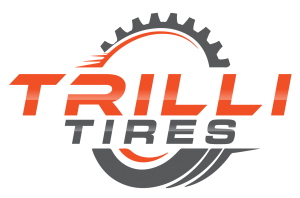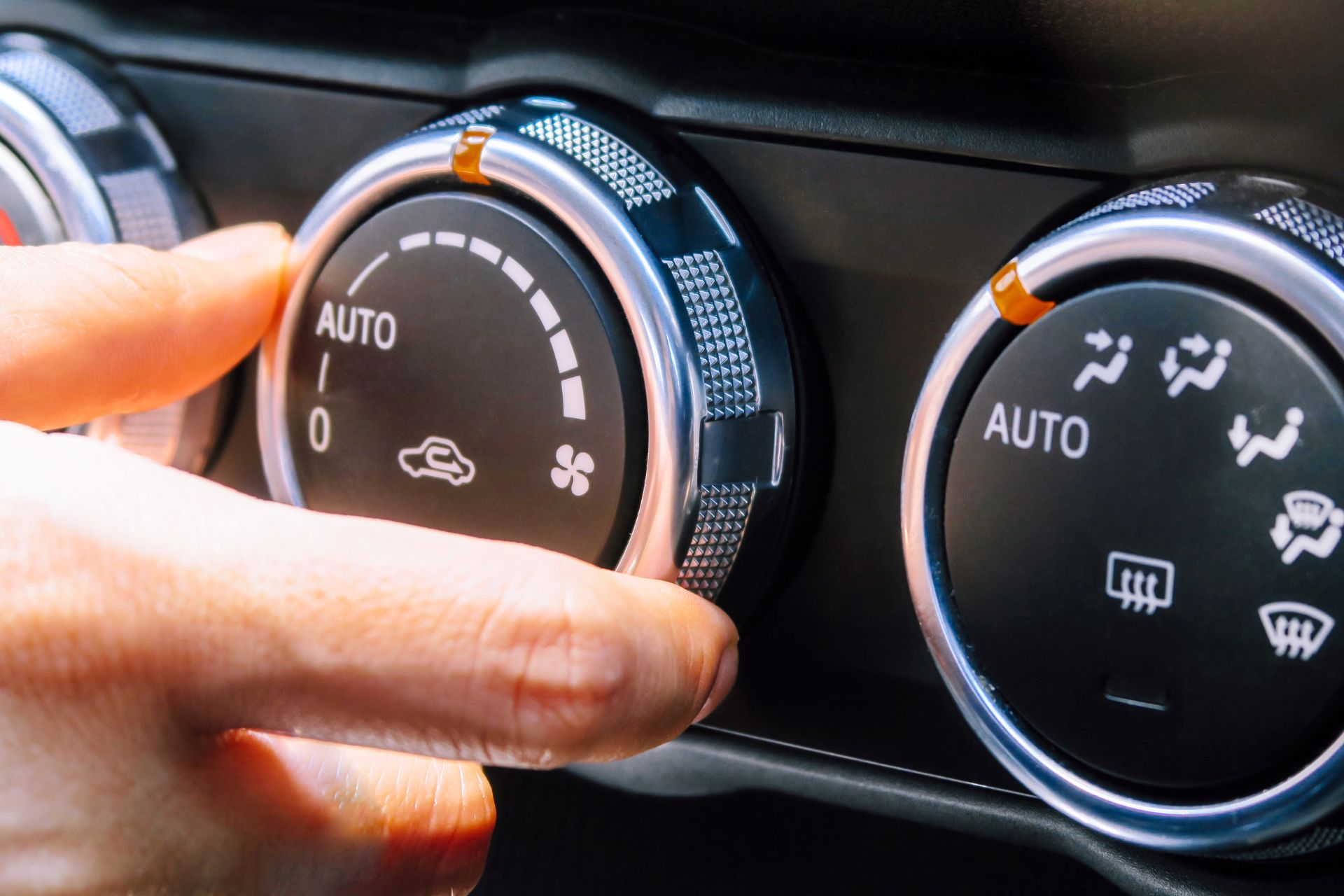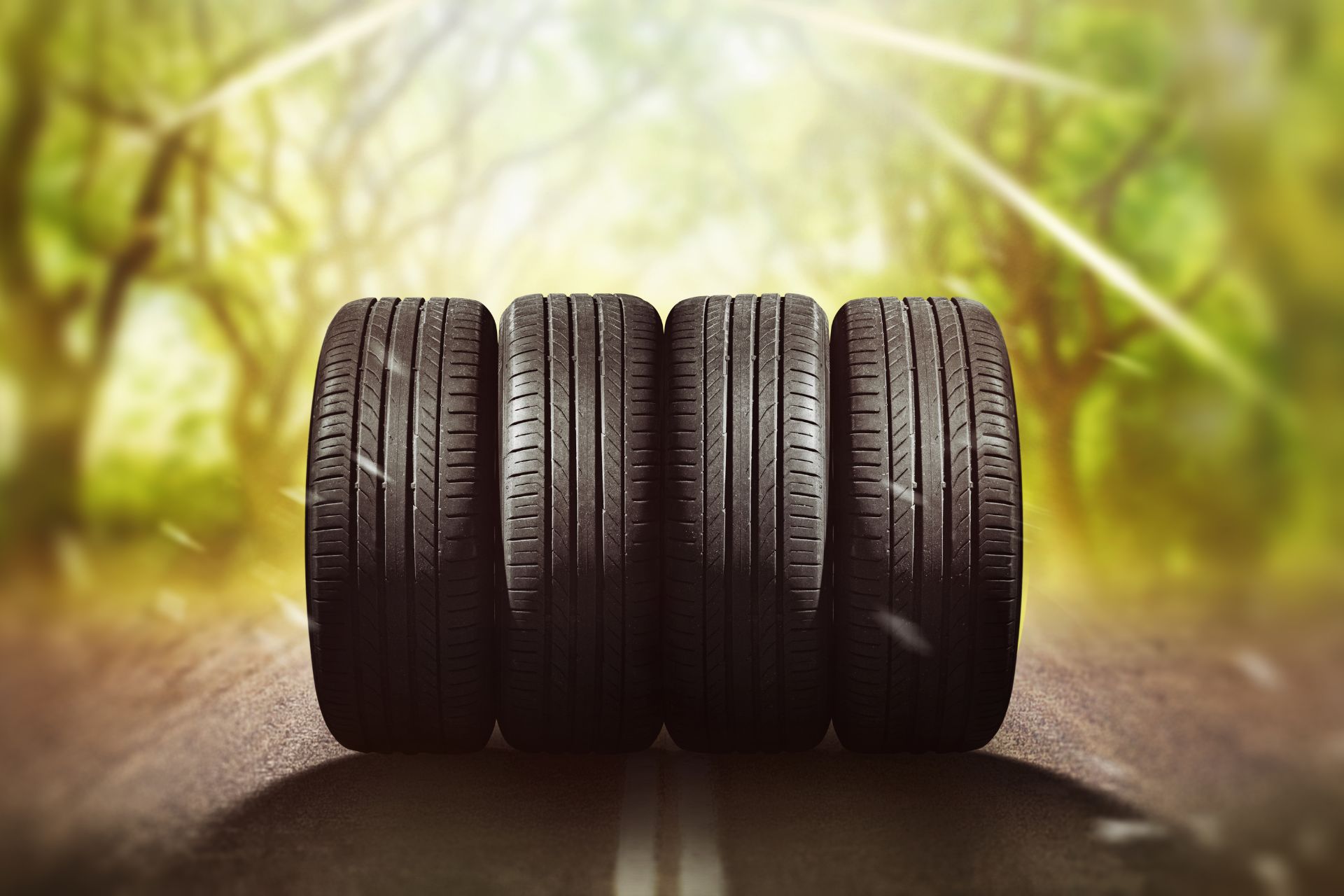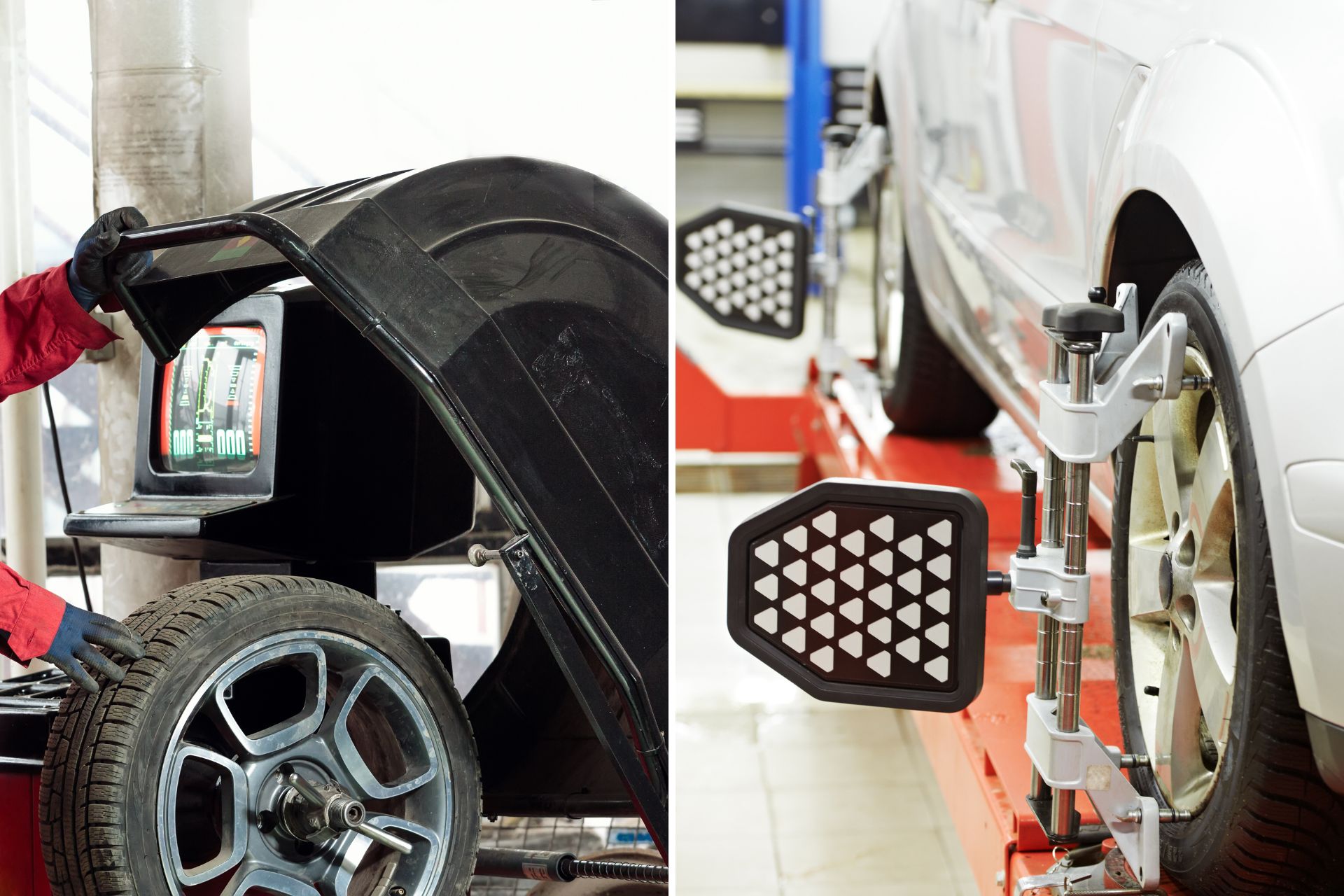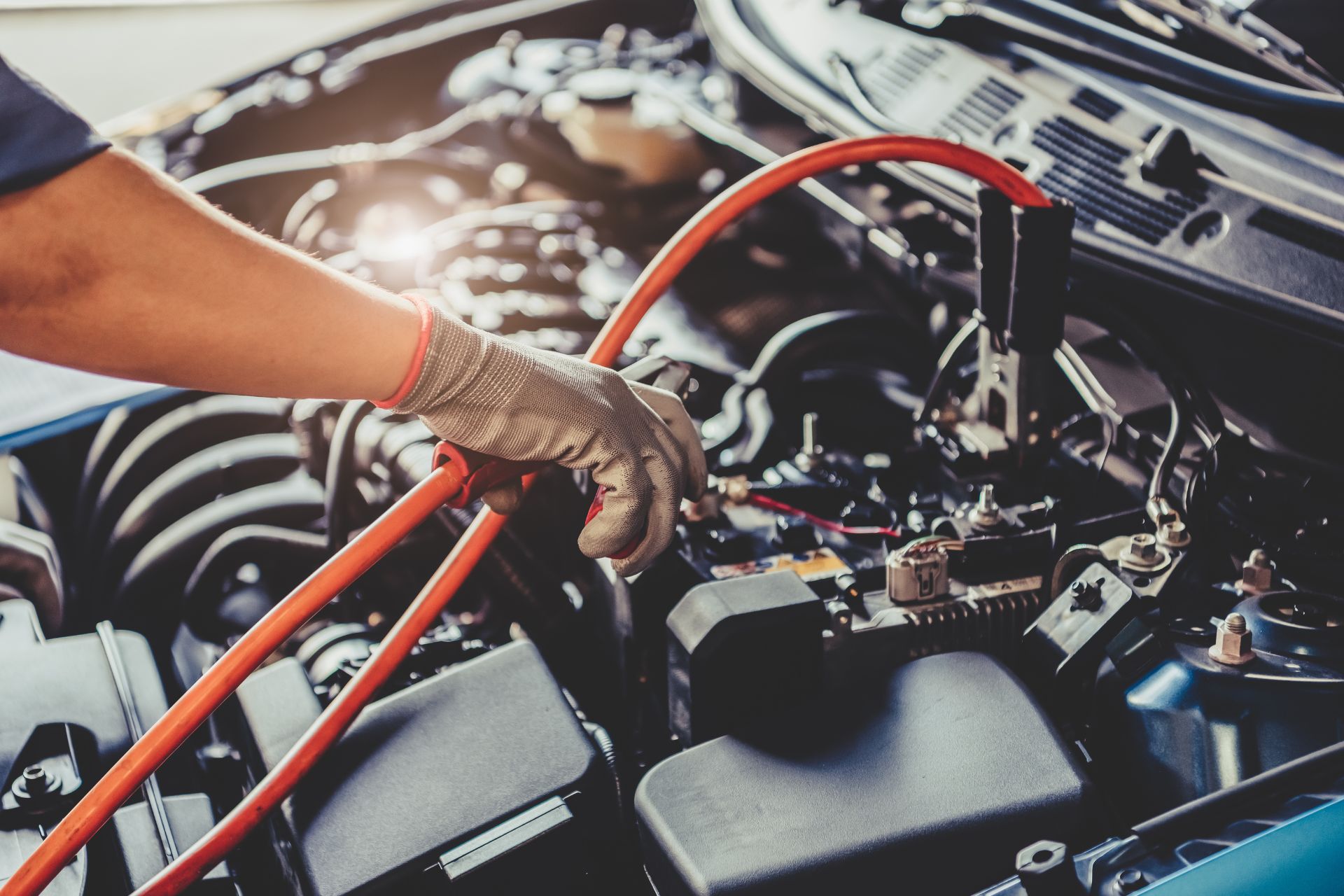My Car's Air Conditioner Is Not Working. What's Wrong?
There are many reasons your car’s air conditioner may not blow cold air. Here is a list of possible causes. Below, you will learn what you might be able to do and the basics of an auto-ac system.
- The vehicle must be charged
- Freon is leaking from the tank
- It is possible that the AC compressor is not engaged
- You might have stuck the blend doors in your vehicle.
- Problems with wiring or the blower motor
- The sealed system may contain debris (lines, compressors, condensers, evaporators, dryers, orifice tubes)
- Blockage of the air inlet to the cooling condenser
- Blockage of the vehicle’s evaporator in the dash assembly
Your commute to work or running errands will be miserable if your car’s air conditioner goes out during the summer heat. Nothing is worse than being stuck in a hot car during a jam. There are many things that can go wrong with your air conditioner if it isn’t blowing cool air. These are the most common problems and how you can fix them. You can also watch the video that we have put together. This video explains the operation of AC systems and common failure points.
Recharging is required for the AC System. Freon Leakage
Freon is the most common reason an air conditioner does not get cold enough. Freon leakage in the AC System could be the reason the system needs to be recharged. The AC system in an automobile is sealed and under pressure. Freon is used to fill the AC systems. Each vehicle has a specific Freon content.
Freon is usually measured in grams or ounces. The only way to find out how much Freon is in your system is to have it removed with a special machine and then refill it to the correct amount. An older system that has been leaking freon over time may not cause any concern. It is okay to have some leakage for a few years, but not for a couple of months or days.
Your system may be leaking for months or even days. This is an indication that there is something more serious. The components of the AC system are made from rubber and gaskets. Over time, these parts can fail and it is common for you to replace them.
There are many types of Freon, which cool the air. The automotive industry has gone from R12 to R134 to R1234yf. These changes are due to environmental concerns. Freon’s today are more friendly to the environment.
The A/C compressor may not engage
There are many reasons this can happen. Failing can happen when your compressor’s circuit is damaged or the clutch fails. Freon levels can also be low and vehicles can overheat. The A/C system is one of the first to be turned off when the computer detects an engine problem. A qualified mechanic will usually replace the defective part.
The “Blend Air Door” Is Clogged
The “blend-air door” is a small hatch in your car’s ventilation system. The door will change its position to draw in cold air when your environment system switches from heat to cold. If the door doesn’t move, it will continue to draw heat from your engine and blow it out! This Blend Door can have mechanical issues or the motor that is designed to operate it. The malfunction must be fixed to make the system work again. This task can be either easy or hard depending on your mechanical skills and the availability of tools. This job is best done by a qualified mechanic.
Cold air can be felt, but it’s not blowing
This could indicate that the A/C fan isn’t turning on or that there are air flow restrictions in your car’s dash. You may only need to change a wire. This is not something people can do by themselves. It may also require removing your car’s dashboard in order to access all components. Below is an example of what could happen in the worst case. We had to remove the evaporator from a pickup to replace the core. Clear evidence shows that the removed evaporator core won’t pass air through properly.
Other Issues
The A/C system can be complicated. While there are simple fixes, such as adding Freon, there may be more complex issues that require a certified mechanic to fix. Although there are rare cases where the problem is more serious, most repairs to the A/C system are simple, even if a mechanic is required.
